Listen. I get it. You’re trying to be an informed, responsible consumer, but cosmetic ingredient lists read like a Mad Libs page designed by a drunk scientist. Somewhere between “Butyrospermum Parkii Butter” (which, despite its aggressively medical name, is just shea butter) and “Tromethamine” (sounds like a failed 2000s pop punk band), you encounter Pentylene Glycol PEG-6 Caprylic/Capric Glycerides—and your brain promptly leaves the chat.
So what is this multi-hyphenate monstrosity? Should you avoid it? Is it a scam? Should you tattoo its chemical structure on your forearm in a desperate bid to appear both intelligent and effortlessly cool? Don’t worry, dear reader. I have answers

Origins: Science, Mother of Mystery Goop
Let’s break this name down, because it’s doing way too much.
- Pentylene Glycol – A type of glycol (aka a moisturizing, texture-enhancing agent) used in cosmetics to prevent formulas from turning into a breeding ground for bacteria.
- PEG-6 – A polyethylene glycol, which means it helps oil and water mix (and also sends people into a frenzy about whether it contains carcinogenic byproducts—more on that later).
- Caprylic/Capric Glycerides – Derived from coconut or palm oil, these are lightweight emollients that make products feel smooth and luxurious.
Together, this ingredient is a moisturizing emulsifier, aka the reason your fancy serum doesn’t separate like a bad vinaigrette. It’s basically the middle child of the skincare world: not the star, but doing a lot of the work behind the scenes.

Uses: The Swiss Army Knife of Ingredients
If you’ve ever used a hydrating serum, lightweight moisturizer, or even a cleansing oil, chances are you’ve already slathered Pentylene Glycol PEG-6 Caprylic/Capric Glycerides all over your face. It plays multiple roles in cosmetic formulas, including:
- Humectant – Helps your skin hold onto water like it’s a dragon hoarding gold.
- Emollient – Softens and smooths the skin.
- Solubilizer – Helps mix oil and water, because they’d rather file for divorce than coexist.
- Preservative booster – Enhances the efficacy of other preservatives, preventing your expensive cream from turning into a petri dish.
It’s like the reliable coworker who keeps the office running while your boss takes credit and Linda from accounting microwaves fish for lunch.

Pros: Why Brands Love It
- Enhances hydration – Keeps skin from drying out faster than your love life after a bad haircut.
- Lightweight – Unlike some oils that feel like a grease trap on your face, this one absorbs easily.
- Improves texture – Gives products that silky, luxurious feel that makes you want to reapply them every five minutes.
- Boosts preservation – Helps prevent microbial growth, which is objectively good unless you’re actively trying to cultivate a thriving bacteria colony.

Cons: The Possible Downsides
- PEGs Have a Bad Reputation – PEG compounds sometimes come with trace amounts of ethylene oxide and 1,4-dioxane, which are potential carcinogens. Cosmetic-grade PEGs are purified, but that hasn’t stopped alarm bells from ringing.
- Palm Oil Concerns – If it’s sourced from palm oil (which some versions are), there’s an environmental impact, because humans ruin everything.
- Can Be an Irritant – Rarely, some people find it irritating, especially if they have super sensitive skin. If your face turns red like an overcooked lobster, this might be the culprit.

Controversies: Will This Kill You? (Spoiler: Probably Not)
Ah, the PEG controversy. Some people avoid PEGs like they’re Voldemort, mostly because of the aforementioned contamination risks. However, cosmetic-grade PEGs are rigorously purified and considered safe in skincare by dermatologists and regulatory agencies.
But if you’re avoiding PEGs for personal reasons (or because a wellness influencer with suspiciously perfect skin told you to), you’ll find plenty of PEG-free options. Just know that without PEGs, your products might feel thicker, oilier, or separate faster than a doomed celebrity marriage.
As for the palm oil issue, some brands use sustainable sourcing (yay!), while others conveniently forget to mention it (boo!). If that’s a concern, check the brand’s sustainability claims—or prepare for an existential crisis every time you buy moisturizer.

The Final Verdict: Should You Fear or Embrace This Ingredient?
If your skin loves hydration, lightweight textures, and not having mold grow in your products, then Pentylene Glycol PEG-6 Caprylic/Capric Glycerides is your friend. If you avoid PEGs or palm-derived ingredients on principle, you’ll want to scan labels carefully and opt for alternatives.
In the end, the biggest danger isn’t this ingredient—it’s falling down an internet rabbit hole and emerging three hours later convinced that your entire skincare routine is a government conspiracy. Stay hydrated, wear sunscreen, and don’t let the chemical names scare you.

Further Reading:
Watson, Kathryn. “What is Caprylic/Capric Triglyceride and Is It Safe?” Healthline. February 21, 2019.
“PEG-6 Caprylic/Capric Glycerides.” Special Chem.
“PEG-6 Caprylic/Capric Glycerides.” Cosmile Europe.

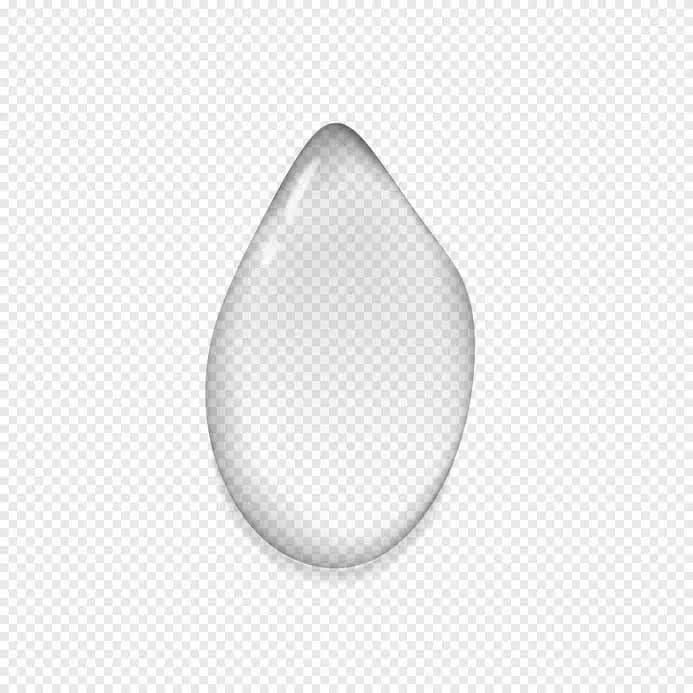

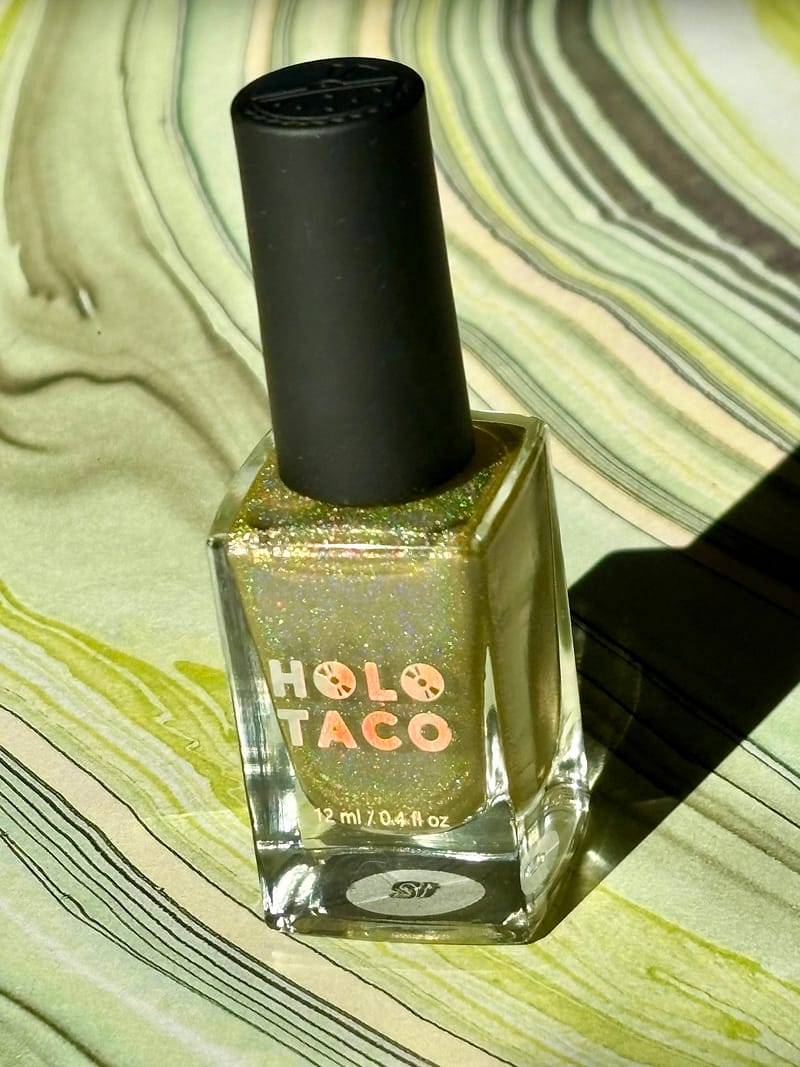


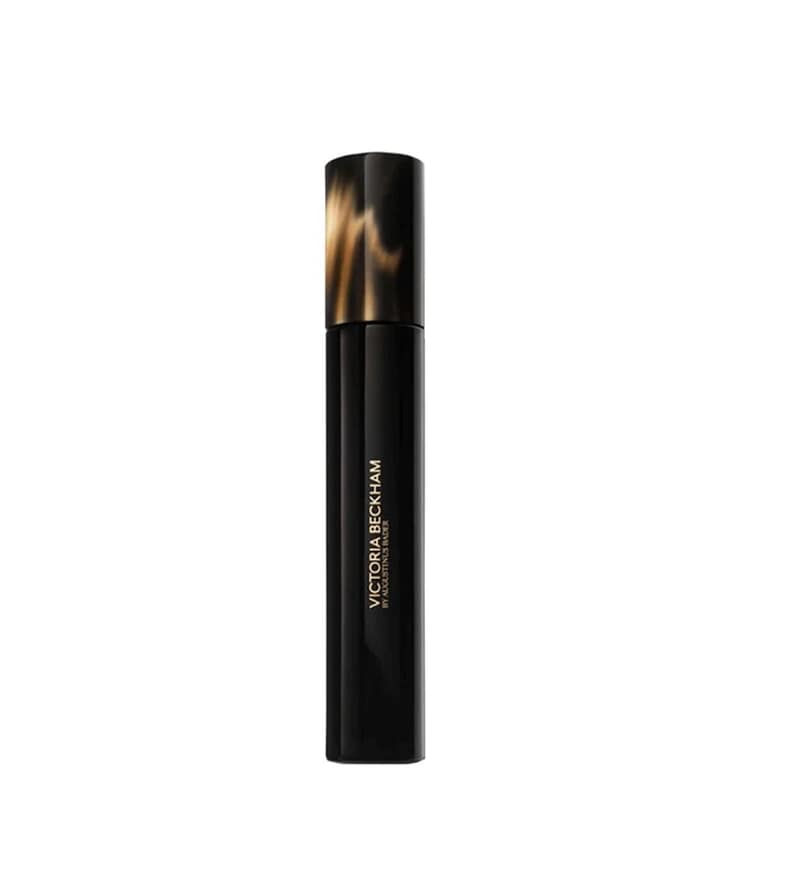
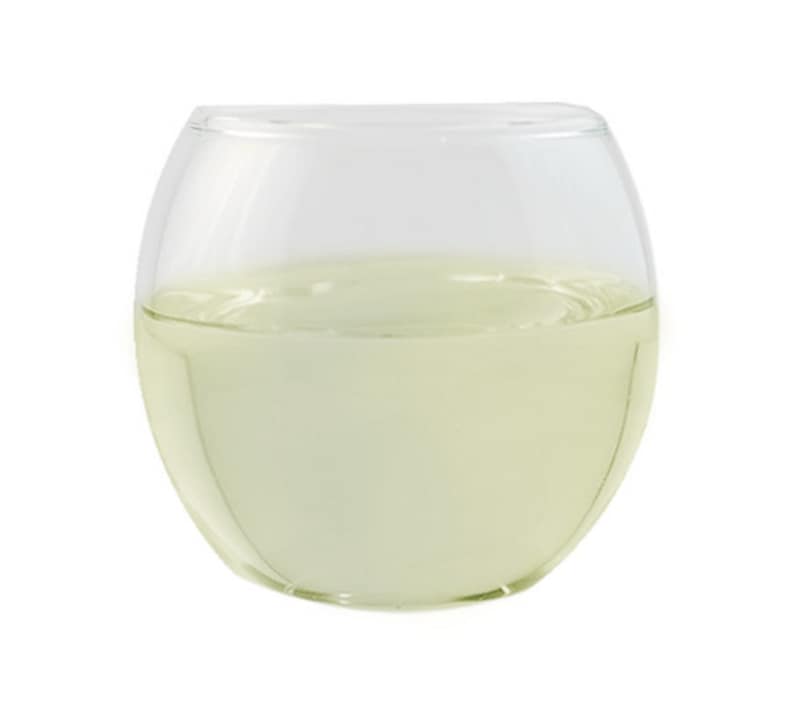

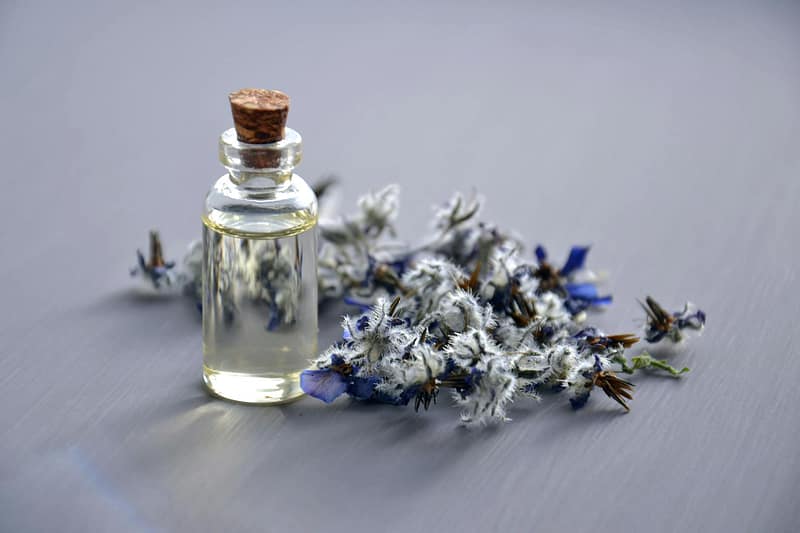
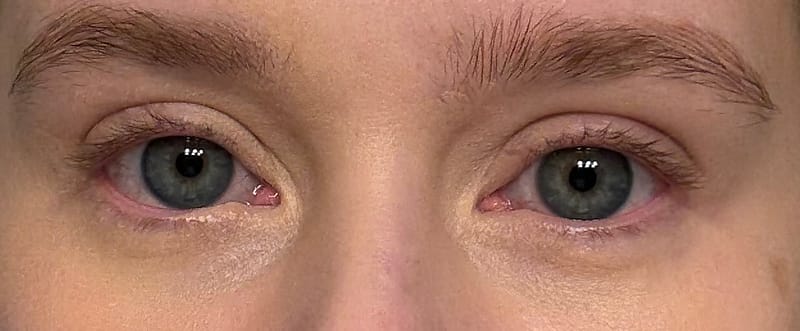

1 thought on “Pentylene Glycol PEG-6 Caprylic/Capric Glycerides: What the Hell Is This, and Should You Be Smearing It on Your Face?”